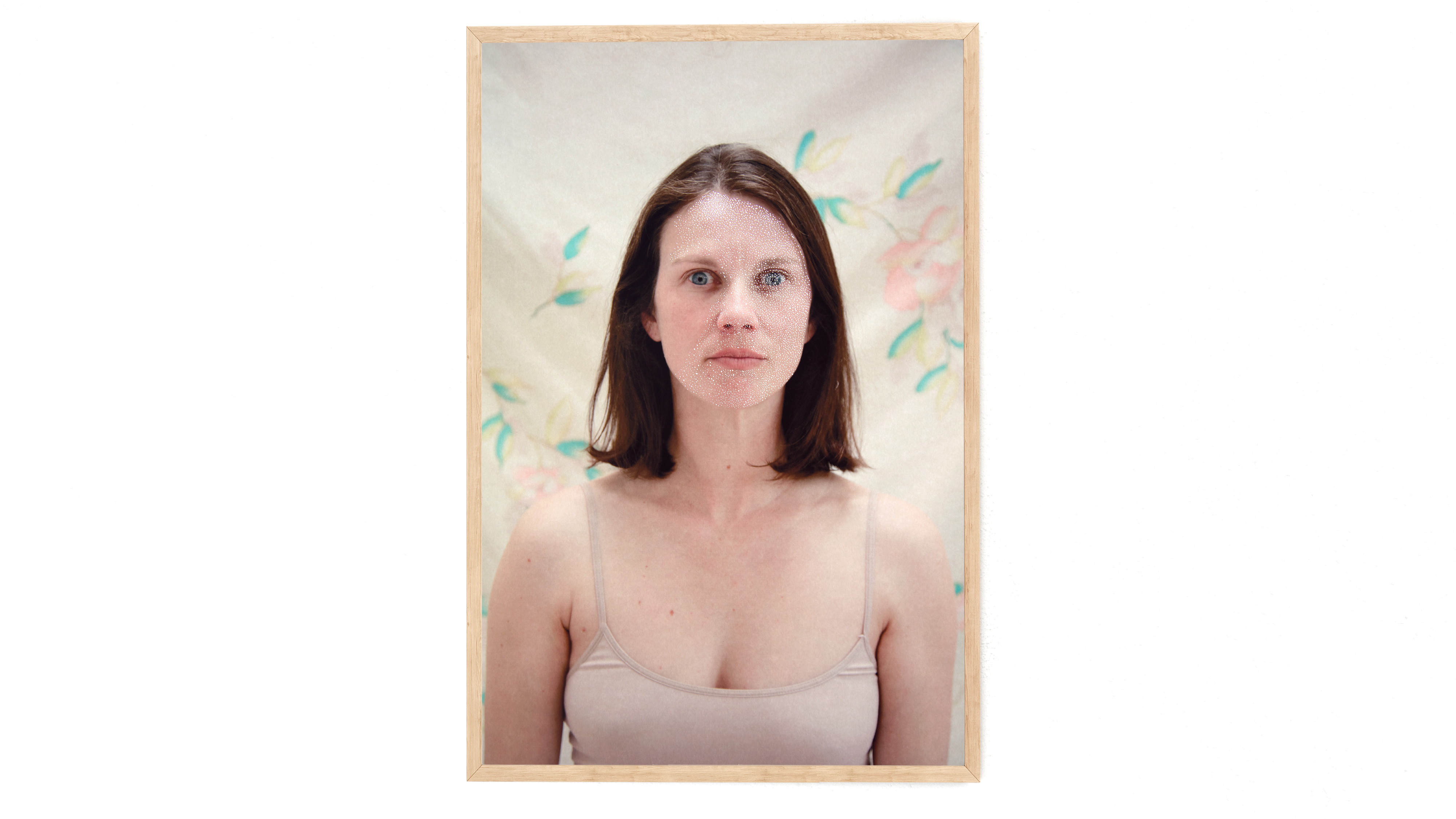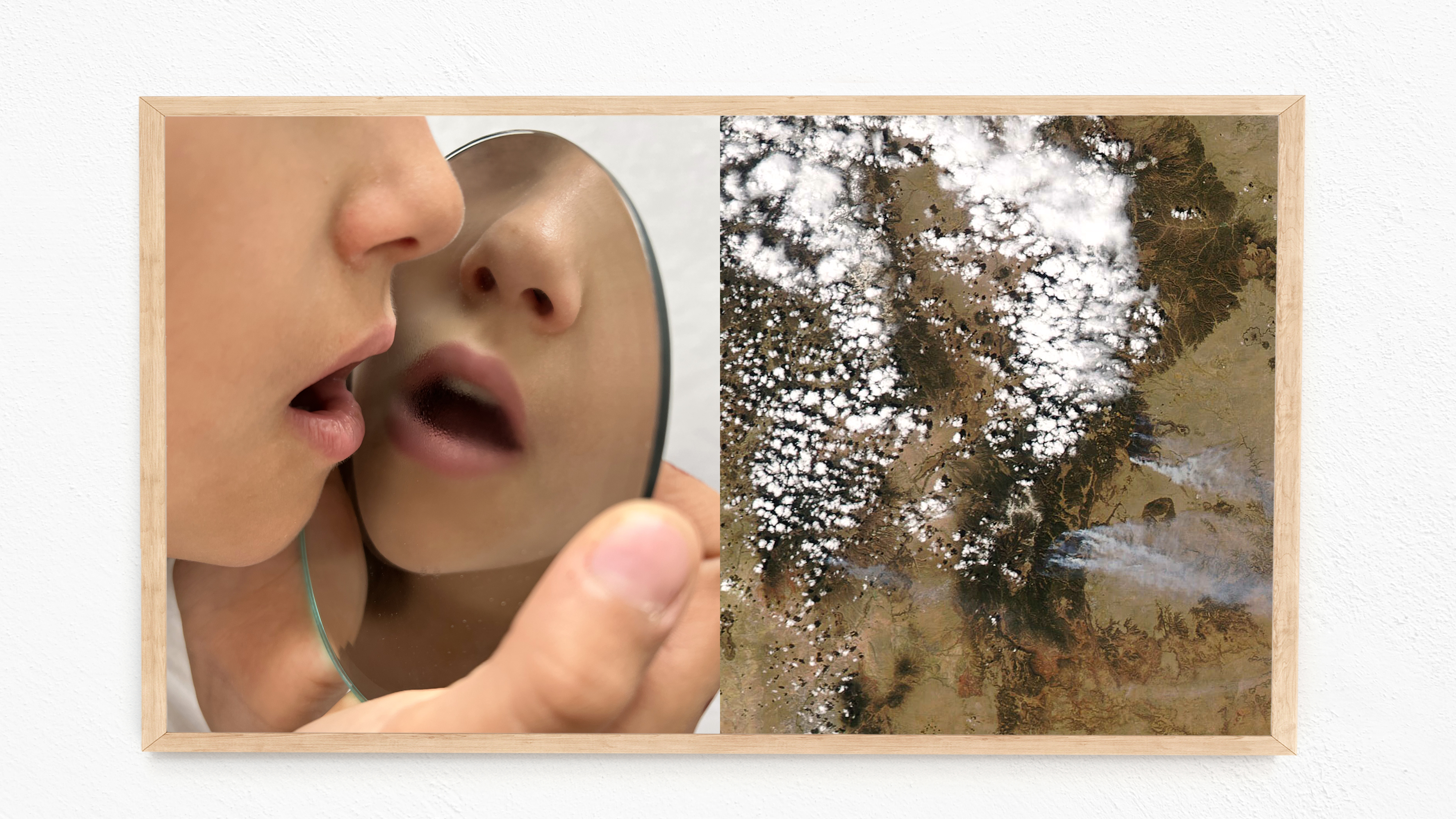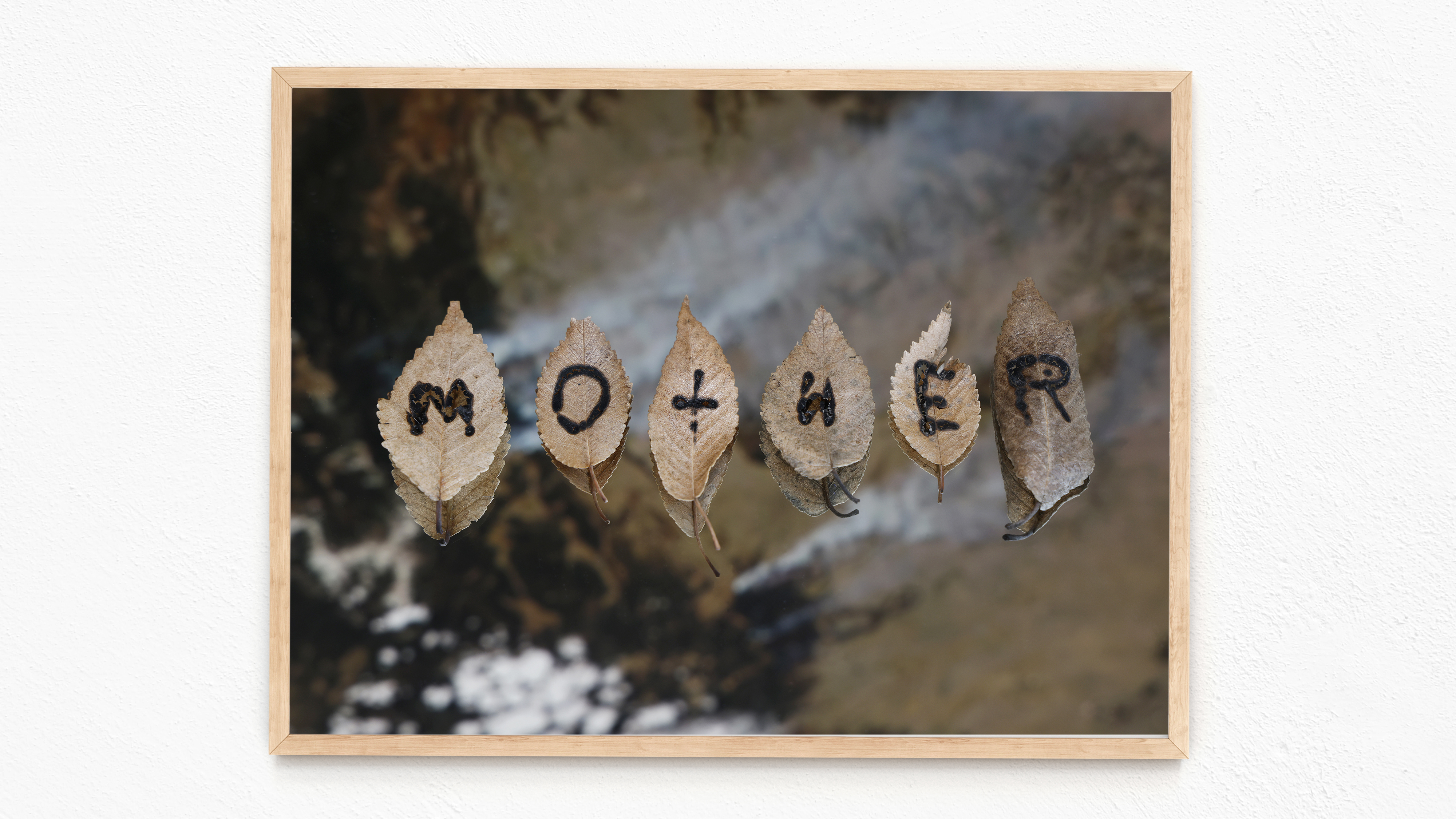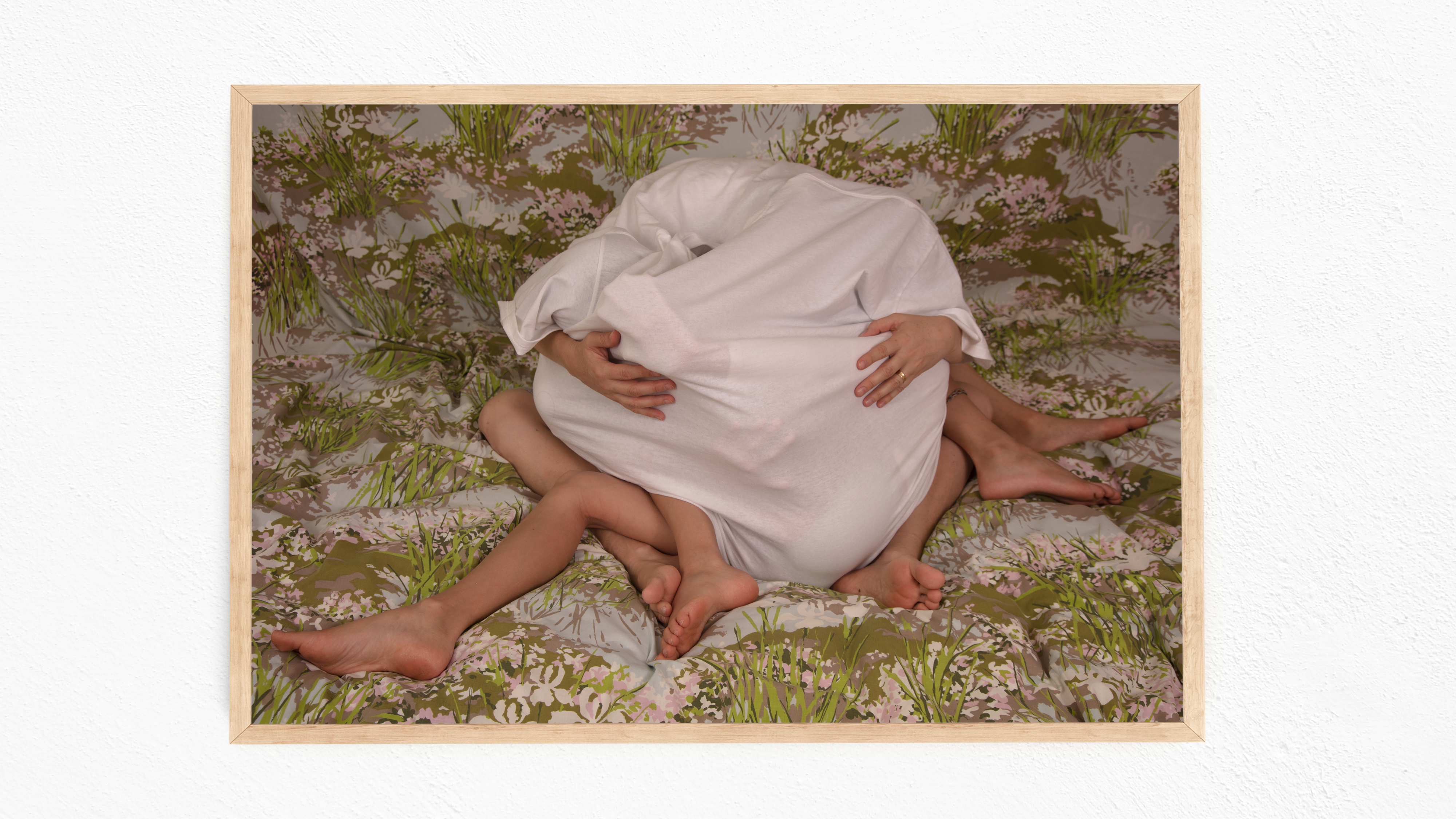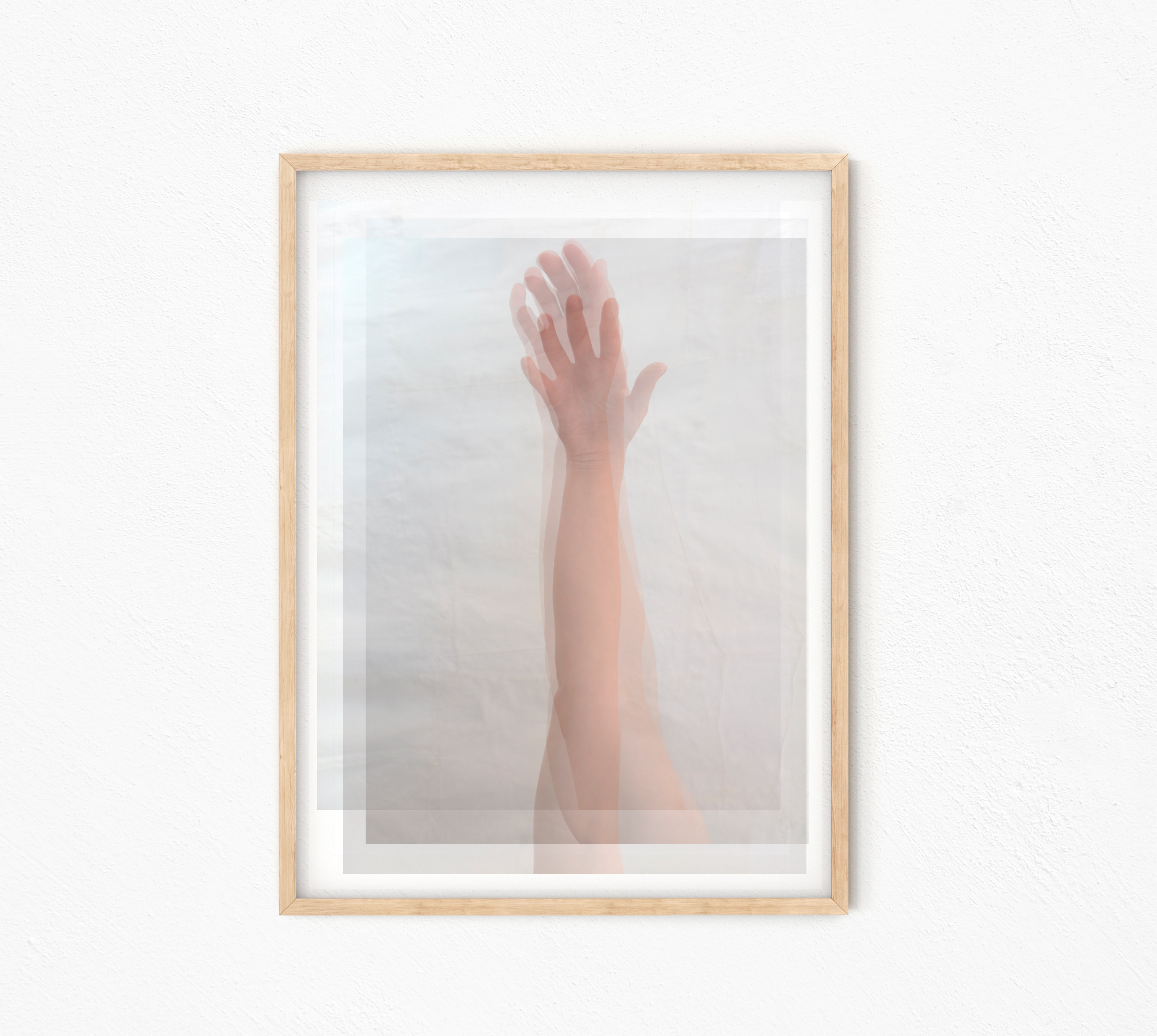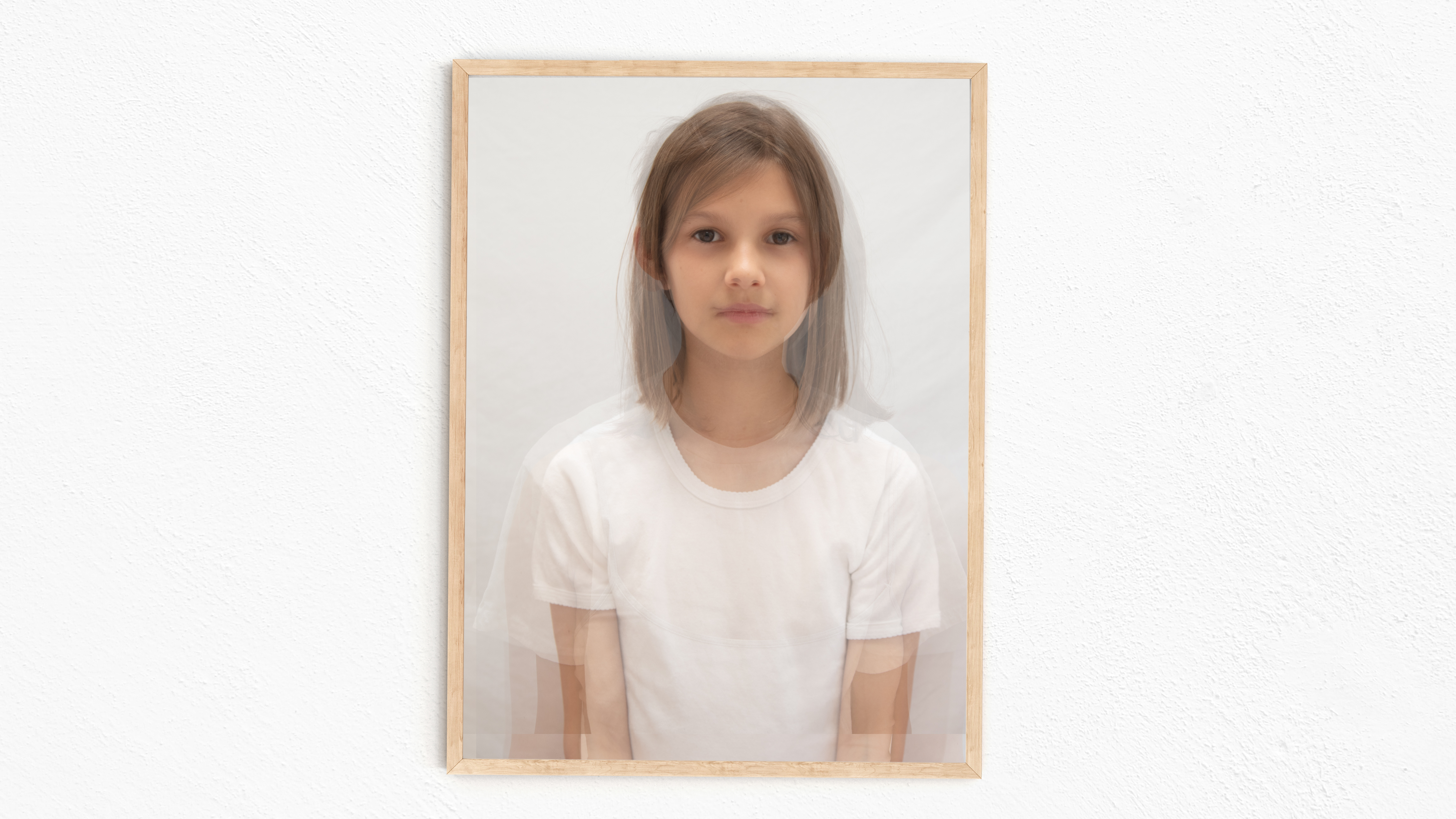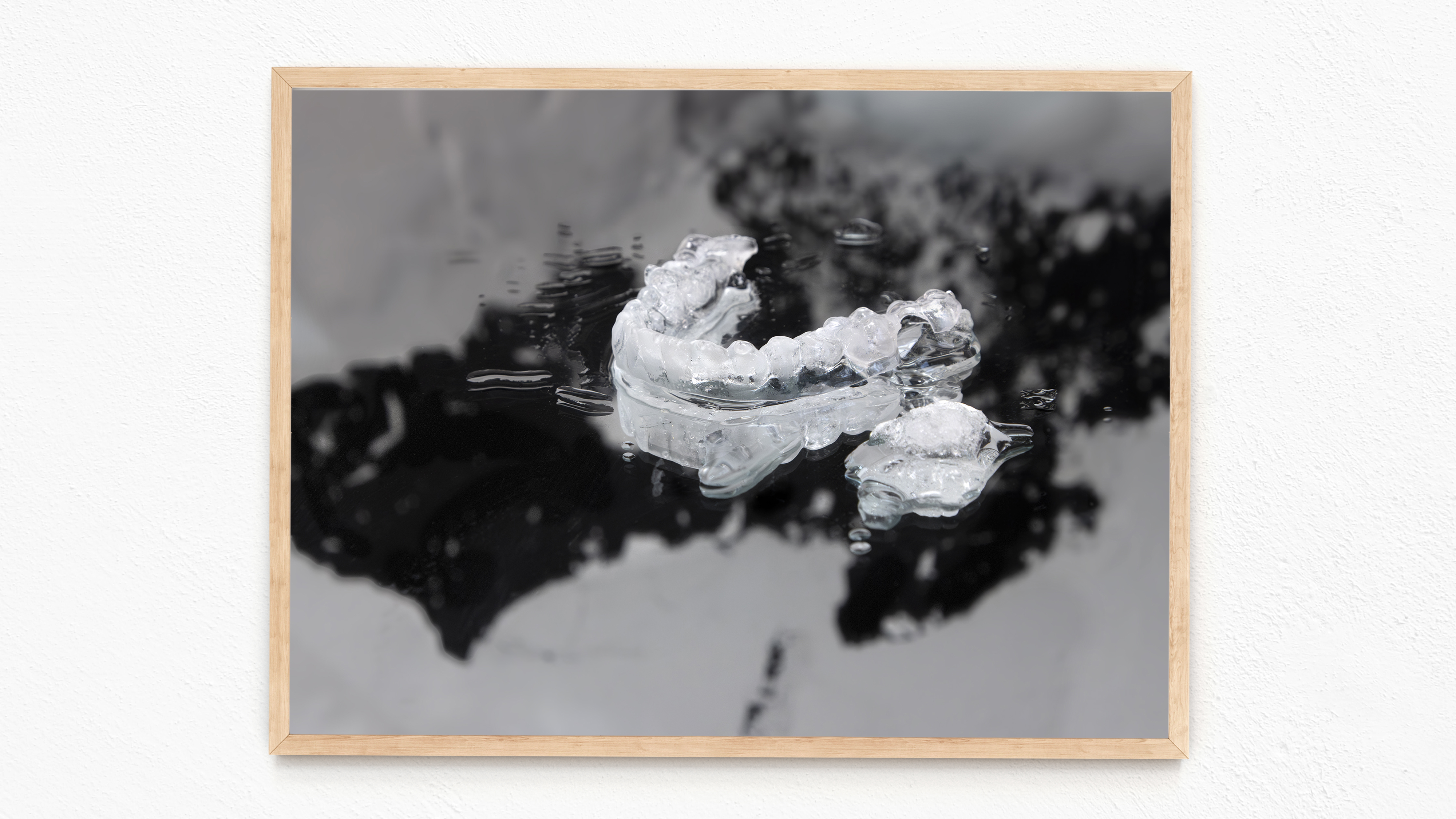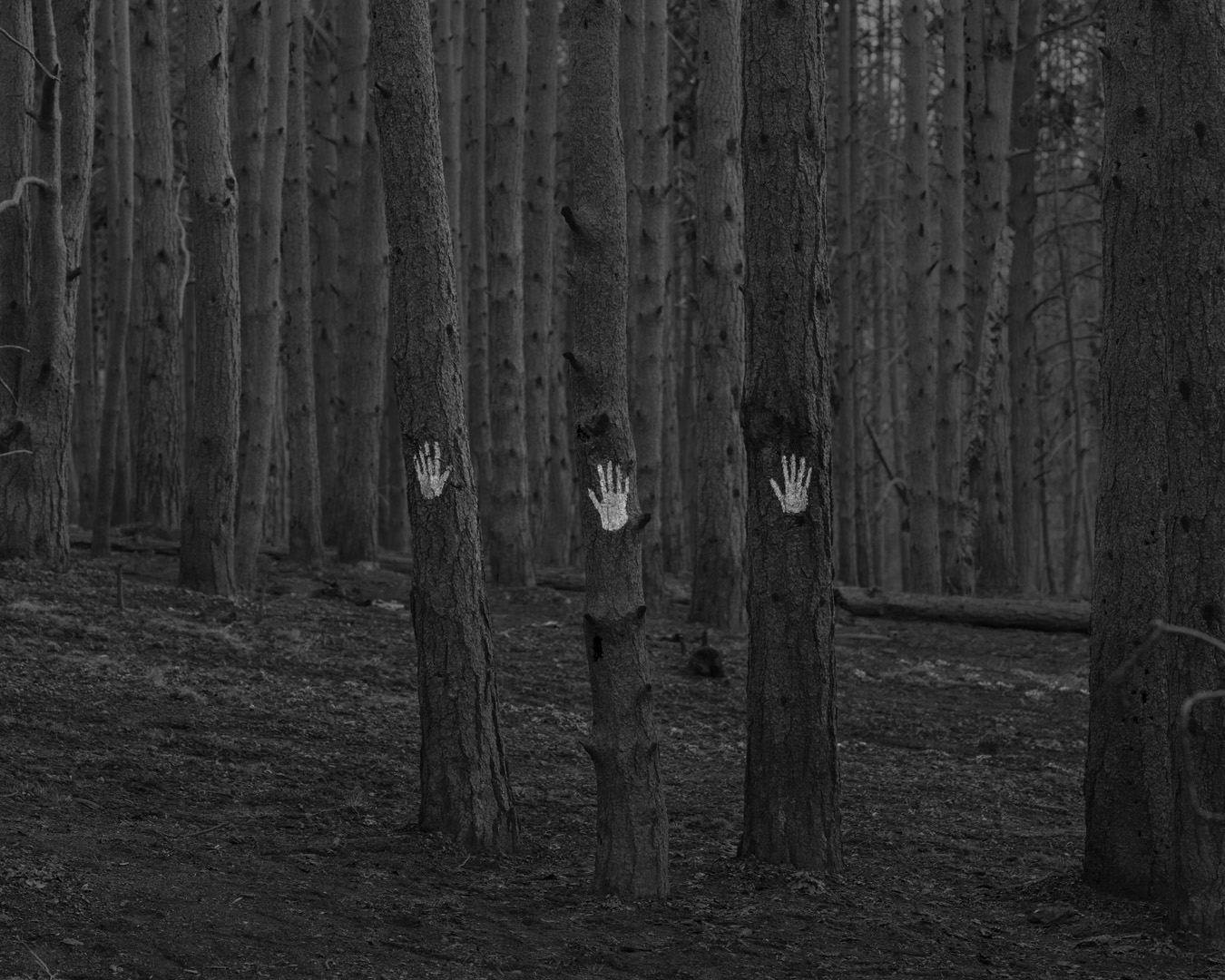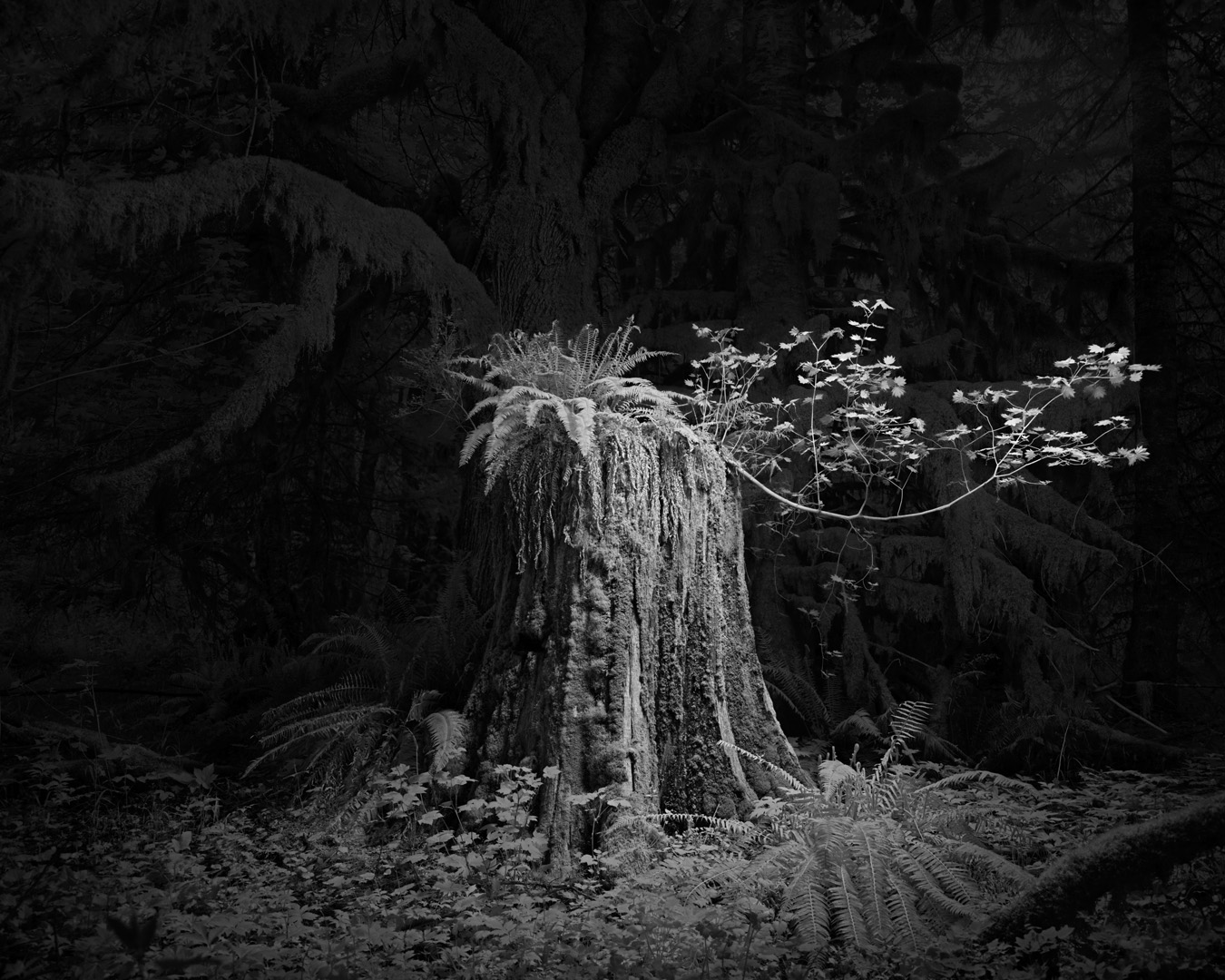Earth Month Photographers on Photographers: Tyler Green in Conversation with Megan Jacobs
In expanding our celebration of Earth Week, Earth Month: Photographers on Photographers will focus on the work of Eco.Echo Art Collective, a group of international artists deeply concerned with the well-being of our planet beyond human needs. The group’s concerns are climate change and anthropogenic activities’ global impact. Driven by an appreciation for the natural world’s beauty, diversity, and wonder, they believe in the inherent worth of all living beings regardless of their instrumental utility in fulfilling human desires. This week, members of Eco.Echo Art Collective will take time to reflect on each other’s work and how the transformative potential of photography can engage in challenging conversation and affect social change around ideas of humans and our surroundings.
Today, member Tyler W. Green will share his discussions with member Megan Jacobs.
Megan Jacobs, an American artist based in Santa Fe, New Mexico, delves into delicate human relationships in her work, ranging from the tender bond between a parent and their child to the symbiotic relationship between humans and the living world. In her latest body of work, “Shared Breath: Navigating Motherhood in the Time of Climate Crisis,” Jacobs grapples with environmental grief through a series of images that explore her children’s transition into adulthood and their resilience in facing an uncertain future.
“Shared Breath” is Jacobs’ response, in part, to witnessing the largest wildfire in New Mexico’s history, sprawling over 341 thousand acres. Stricken with a sense of concern for her family and the broader community, she felt compelled to create work aimed at promoting change and fostering dialogue around environmental concerns. “This is the issue of our generation,” Jacobs expressed. ”It feels like we are speeding towards this wall, and we’re not unpacking it to the degree that it really warrants.”
The work is intensely personal, it elevates the critical role of the mother, as a caretaker, by correlating motherhood with the wellbeing of our environment: much like a mother fosters an environment where a child can thrive, the earth provides an environment where life can flourish. “Our collective loss in thinking of Earth as a ‘mother’ — who both provides for humans and should be cared for — has had devastating effects on the planet,” she states.
Faced with preparing her children for an uncertain future, Jacobs’ piece “Containment” encapsulates a sense of fear and anxiety. Within the image, three figures are shrouded by an oversized shirt. One of the figures appears to be struggling to escape while two arms outside the shirt tenderly embrace them, these arms remain gentle and omnipresent even as they are being forced away. “The work addresses the push and pull of being a parent, about protection and freedom, about preparing a child for their next steps,” explains Jacobs. “I feel like that’s particularly difficult right now, because we don’t know what those next steps look like. The role of the parent is to support and protect, but eventually, your children are going to break free and be their own individuals.”
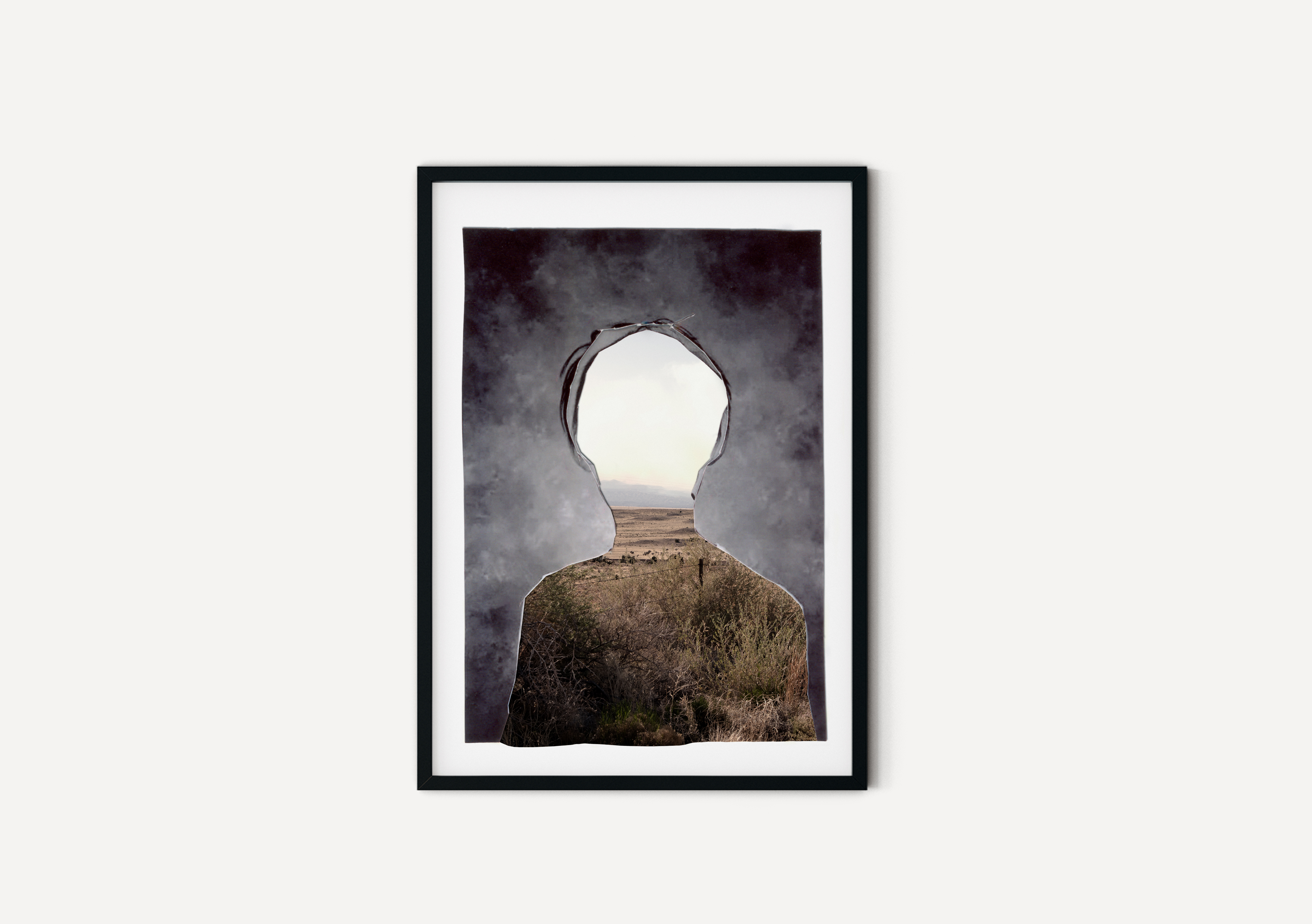
©Megan Jacobs, New Mexico Fires, Hand cut Archival Pigment Print layered on Archival Pigment Print, 20”x30”
Jacobs feels this new work has been a natural progression within her art practice. While her previous work challenged value systems concerning the role of motherhood, “Shared Breath” challenges value systems concerning the environment. Her work aims to question the dominant world view that humans are separate from nature. “Using a sculptural treatment of photography and sculptural materials, I collapse the ongoing climate crisis into my children’s lineage and impending adulthood, to recognize that the two are connected and tethered,” she states. “Because this generation is inheriting such a difficult hand, I think it’s important to be talking about these issues.”
Whether through visual communication or the written word, Jacobs believes we need to shift the language used to discuss our relationship with the natural world. “We often use language that heightens the role of humans,” says Jacobs. “Instead, we need to think of ourselves as being connected, as being part of this ecosystem, recognizing that it’s not all about humans.”
Jacobs is a firm believer in the power of art to communicate ideas and feelings that ultimately lead to action and build community connections. “You can read statistics and reports, but they don’t hit you in the same way,” she says. “I feel like art is a tool to have hard and complicated conversations, and hopefully use beauty as a way to entice viewers to enter into that dialogue, even if it’s difficult and challenging, or something they may want to ignore.”
Jacobs believes one of the difficult challenges we face is the necessity to take action and reject the notion that our societies are built on endless growth and consumption. “We are stuck with an older model about consumption and growth that is harmful. That is a cycle that is not sustainable and is literally killing our planet,” she says. “I feel like we need to rewrite how we see the world, rewrite what success is, and how we measure happiness.”
Time is an important theme throughout Jacobs’ work. With the image “Ice Teeth,” she reveals a sense of immediacy concerning her children aging amidst a changing climate. The image is a reaction to scientific studies that claim we have until 2030 before we reach a point of irrevocable change. Looking to the materiality of ice to speak to change, fluidity and futile boundaries, she created ice forms of her children’s teeth using a plastic retainer as a mold. “(These teeth) act as a visual connection to the fleeting time we have left to change course,” she says, “and how that dovetails with the limited time my children have before they enter adulthood.”
Personally, Jacobs has deepened her connection with the natural world through the process of making art. She finds joy in the physical nature of producing objects for her photographs. Burning leaves and freezing water feels like a performance or meditation. And while it takes several iterations to produce a final photograph, she says, “there is something about that trial and error that mirrors what I think is going to have to happen with our relationship with the natural world. We are going to have to try new approaches and ways of being and existing in the world and it’s not going to be easy, but maybe there is joy in learning.”
Megan Jacobs (b. 1979, American) is an artist whose work explores delicate relationships — the interweaving between two partners in love, the bond of parent and child, and interdependence between humans and the living world.
Jacobs’ work has been exhibited nationally and internationally in numerous exhibitions at venues such as Aperture Gallery, Saatchi Gallery, the Museum of New Art (MONA), The FENCE, Blue Sky Gallery, and the International Symposium on Electronic Art (ISEA), among others. Her work has been featured in Adbusters, Musee Magazine, Lenscratch, Feature Shoot, Frankie Magazine, F-STOP Magazine, Fraction Magazine, and other publications. Her Hidden Mothers series was selected for Critical Mass Top 50. Her work was recently published in an anthology of women photographers, Eye Mama: Poetic Truths of Home and Motherhood. Megan lives in Santa Fe, New Mexico with her partner and their two children.
For more about Jacobs and her work, visit MeganJacobs.com and follow her on Instagram @meganjacobsart.
Tyler W. Green (b. 1985) is an American artist whose work concerns the relationship between humans and the natural world. His photographs of altered landscapes challenge the perception that humans are separate from nature. Characterized as post-documentary and conceptual, his work is augmented by direct intervention using artificial light and sculptural elements made from natural materials. Concerned with climate change, his work explores themes of environmental grief and inner awareness, incorporating scientific data, satellite imagery, audio recordings and illustrated maps to convey the emotional and spiritual impact of human progress.
Green’s work can be viewed at Casa Regis in Mosso Santa Maria in Italy from April through May 2024 and the Open Space Visitor Center in Albuquerque, NM in the US from June through August 2024.
For more about Green and his work, visit TylerGreenPhoto.com and follow him on Instagram @tylergreenphoto.
Posts on Lenscratch may not be reproduced without the permission of the Lenscratch staff and the photographer.
Recommended
-
Martin Stranka: All My StrangersDecember 14th, 2025
-
Interview with Maja Daniels: Gertrud, Natural Phenomena, and Alternative TimelinesNovember 16th, 2025
-
MG Vander Elst: SilencesOctober 21st, 2025
-
Photography Educator: Josh BirnbaumOctober 10th, 2025
-
Aiko Wakao Austin: What we inheritOctober 9th, 2025

